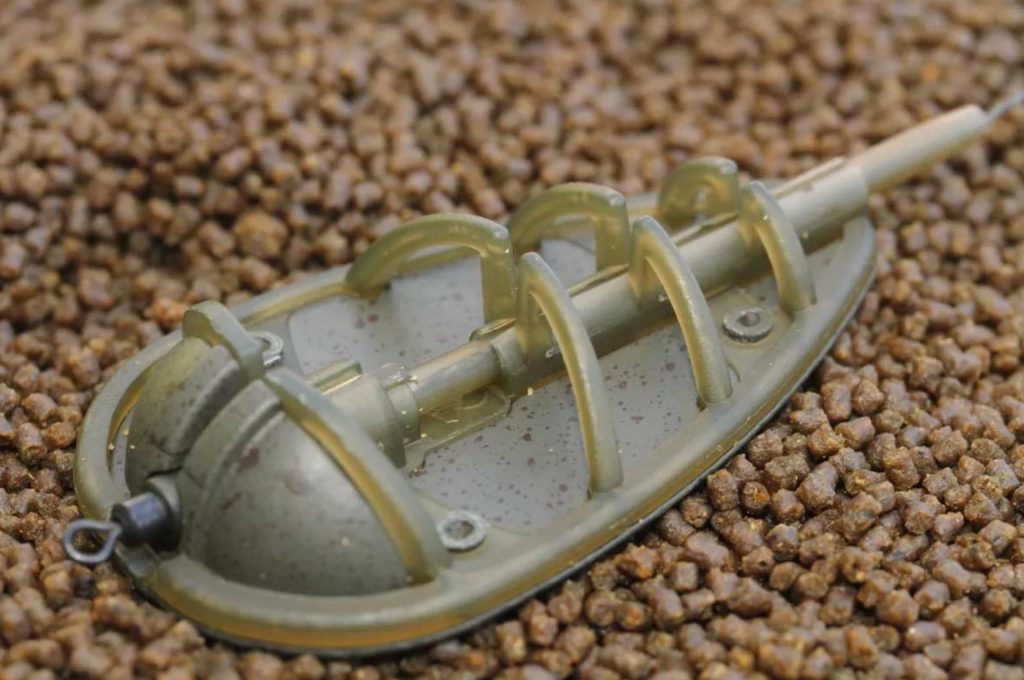The method feeder is a popular technique among anglers. In this article, we will discuss the origin of the method feeder, the right equipment to use, how to set it up, and the best baits to use. We will also cover the fishing technique, how to choose the right location, and provide some useful tips and advice.
History
The method feeder originated in the United Kingdom in the 1960s. The initial idea was to use a cage or feeder filled with bait and attach it to the fishing line. This allowed the angler to fish with a fixed weight and accurately present the bait in one spot. Over time, the method feeder evolved to include different types of feeders, such as the flatbed method feeder and the cage feeder.
Equipment
Choosing the right equipment is an important aspect of method feeder fishing. A suitable rod with a fast action is essential to detect bites quickly and accurately. A durable reel with the ability to handle the weight of the feeder and the targeted fish is crucial. The fishing line should be strong enough to withstand the weight of the feeder and have a low diameter to avoid spooking fish. Additionally, selecting the right hook bait is also essential for a successful method feeder fishing experience.
It’s important to consider the species of fish you are targeting and choose the appropriate bait that will attract them. Overall, taking the time to select the right equipment can significantly increase your chances of a successful and enjoyable method feeder fishing trip.
Method Feeder Assembly
Once you have attached the method feeder to the line and added your bait, it’s important to assemble it properly. Here are some additional tips for a successful method feeder assembly:
- Choose the right size and weight of the method feeder according to the conditions and the distance you want to cast.
- Make sure that the hook bait is securely attached to the hook and is positioned in the center of the feeder.
- Ensure that the groundbait is compressed tightly in the feeder so that it doesn’t come out too quickly and disperse before it reaches the bottom.
- Experiment with different types of groundbait mixes, pellets, and particles to find the right combination that will attract the fish you’re targeting.
- Consider adding some attractants, such as flavors or scents, to the groundbait or pellets to make them more enticing to the fish.
By following these tips, you can assemble your method feeder rig in a way that will increase your chances of catching fish.
Baits
The best baits to use with the method feeder are pellets, groundbait, and particles. You can also use maggots, worms, or boilies as hook bait. It’s essential to prepare the bait correctly and ensure it sticks to the feeder. You can also add flavors or scents to attract fish.
Fishing Technique
To fish with the method feeder, cast it out to your desired location and let it settle on the bottom. Wait for the fish to find the bait, and when you see the tip of the rod move, strike the hook. You can also add some movement to the bait to attract fish.
Using the Method Feeder in Different Conditions
Choosing the right location is crucial for successful method feeder fishing. You should consider the water depth, temperature, and weather conditions. In colder weather, fish tend to be deeper, while in warmer weather, they move closer to the surface.
Tips and Recommendations
For beginners, start with a light method feeder and practice your casting technique. Use a simple groundbait mix to start, and experiment with different baits and flavors. Experienced anglers can try using different types of feeders, such as the flatbed method feeder, and experiment with different fishing techniques.
Conclusion
The method feeder is a popular and effective technique for catching fish. With the right equipment, bait, and fishing technique, you can increase your chances of success. Remember to choose the right location and follow our tips and recommendations for a successful method feeder fishing experience.

